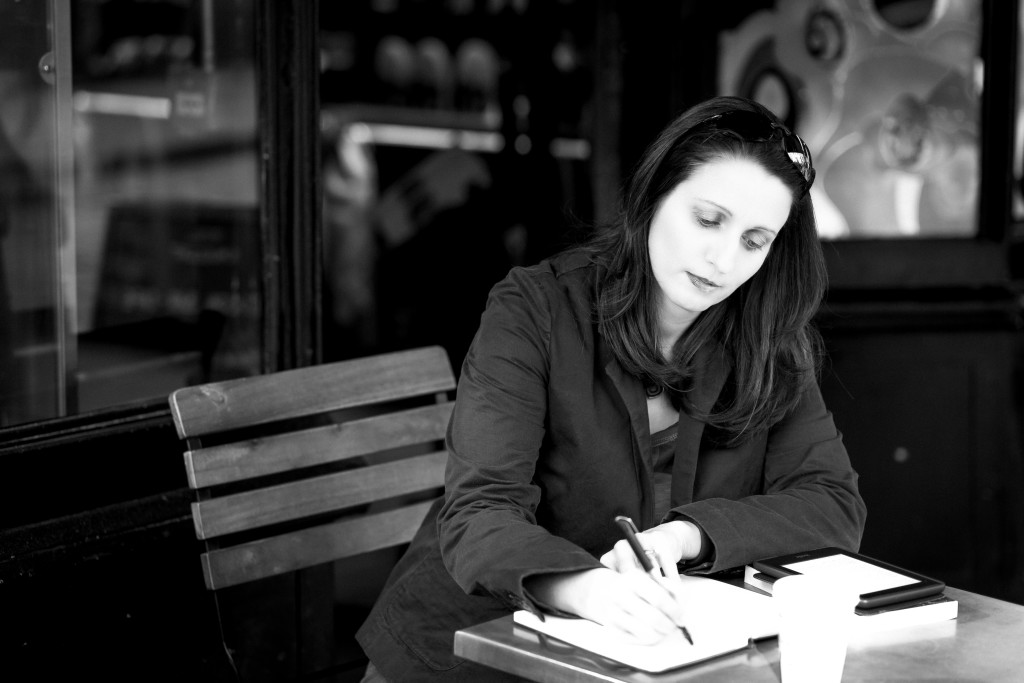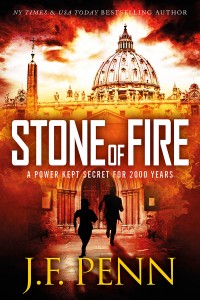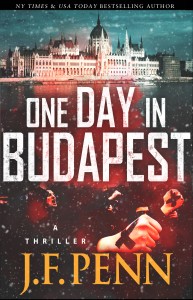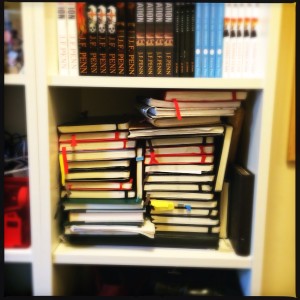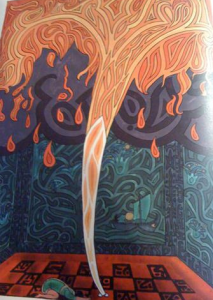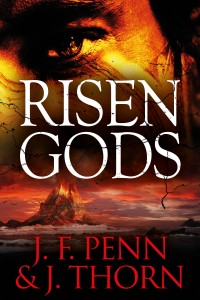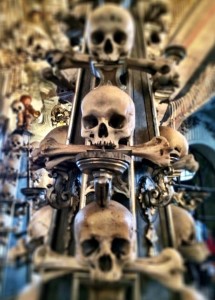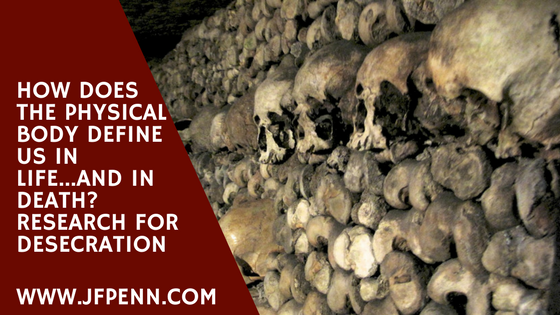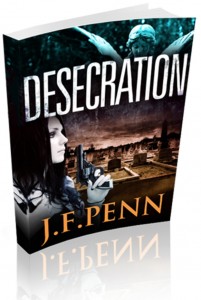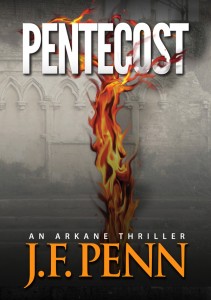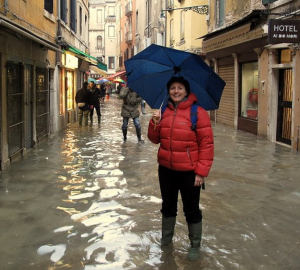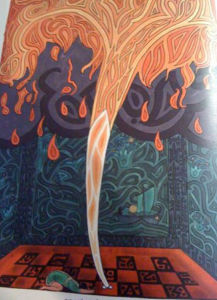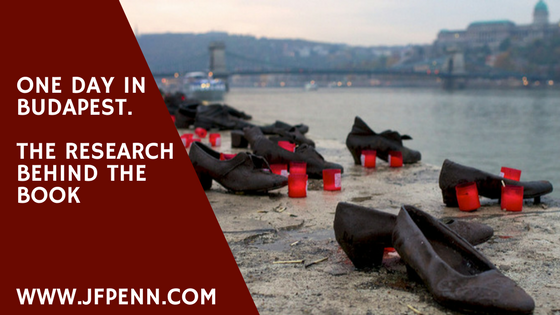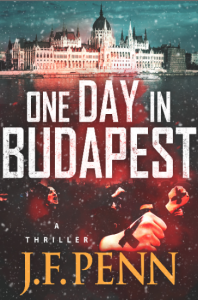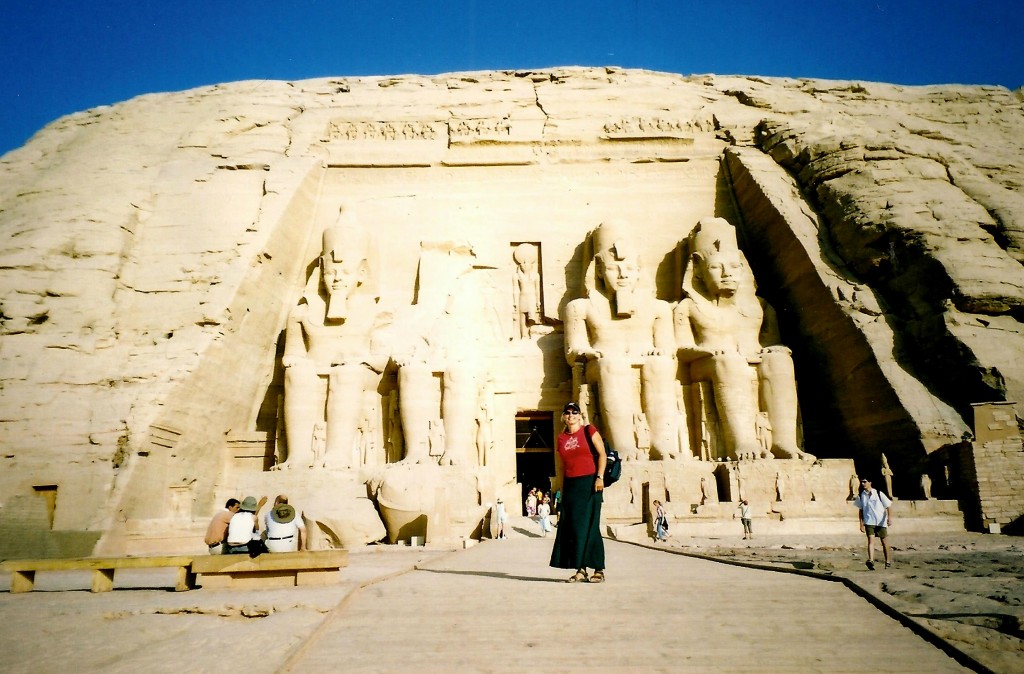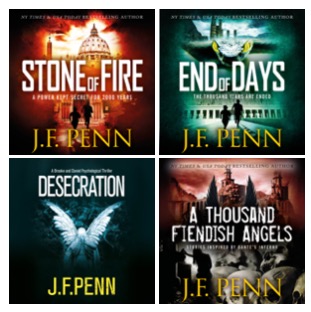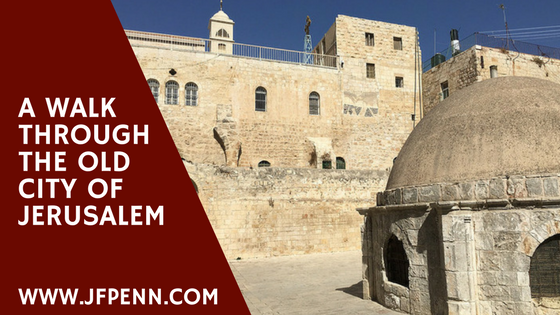
You can watch the short video below [2 min 46], or here on YouTube, and there are some trip notes below the video.
The opening picture was taken on a very windy day just before a storm arrived on the Mount of Olives, overlooking the Old City of Jerusalem. It is a popular (and very expensive) place to have a grave as Jews believe that the Messiah will arrive here at the End Times.
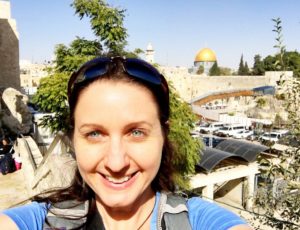
The video opens at the Damascus Gate and then we walk into the Arab Quarter through the souk (market). We left the street sounds in the video so you can hear the noise of the city, from Arab street vendors to the muezzin call, from text messages to the chant of Christian pilgrims and the tune of a saxophone.
You'll see Muslims and Jews in distinctive traditional clothes, as well as a group of Christians carrying a cross along the Via Dolorosa. I make some cameo appearances taking selfies in the narrow walkways 🙂
There's an Armenian pottery, a chapel at the 7th Station of the Cross, souvenir stalls in the bazaar and then we enter the Church of the Holy Sepulchre, one of the holiest places in the Christian world. Tradition holds that it was the place Jesus was crucified, then anointed and buried, and then where he rose again.
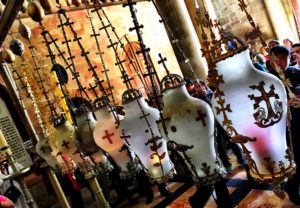
You might see some Indian pilgrims rubbing money on the Stone of Anointing, some of the chapels within the church, and then we go upstairs onto the roof of the Holy Sepulchre.
This is where the Ethiopian Coptic church have their shrine and I actually like the open simplicity far more than the cluttered chapels below. This group of monks feature in Stone of Fire as my first visit there back in the 1990s made a huge impact on me.
We went down into the 4th-century cistern of Helena, the mother of Constantine, who was responsible for turning the Roman Empire to Christianity. There are a number of cisterns under Jerusalem, but most are prohibited for use because of the security risk. I use these cisterns as a key part of the plot in End of Days. You'll see by the size of my grin on the video how thrilled I was to be able to visit one 🙂
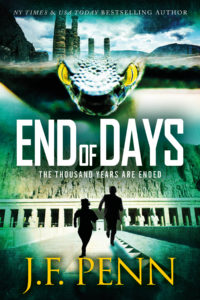
At the Wall, there were a number of boys having their bar mitzvah. At 13, a boy is no longer considered a minor and should fulfil the commandment's of the Torah. The boy will read a passage from the Torah, carried in scrolls in the silver cases you can see. It's quite a celebration with sweets being thrown from the women's side of the wall.
You can see all the pictures from the Israel trip here on Flickr.
Check out End of Days, available for pre-order now and coming in ebook, print and audiobook in Jan 2017.
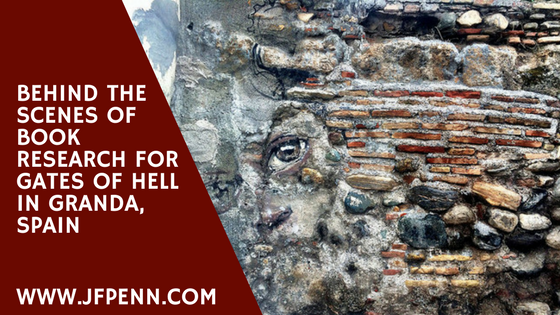
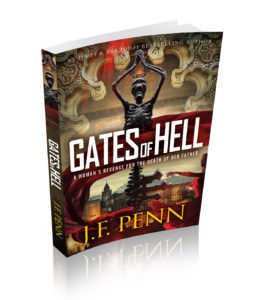 The taxi sped through the city and Morgan gazed out at the streets, busy even at this late hour. Granada sat at the foot of the Sierra Nevada Mountains, and Morgan was thrilled to be back. Her father had brought her many years ago, a teenager keen on discovering more about her roots. Her name came from this area, and her ancestors had roamed these craggy mountains, only an hour from the ocean in the southeast corner of Spain. This was Andalucia; the word conjured its past, the soft fullness of the Arabic Al-Andalus, a melting pot of influences from ancient Greeks, Romans and Byzantines through to Muslims, Sephardic Jews and the Catholic Church that still dominated here.
The taxi sped through the city and Morgan gazed out at the streets, busy even at this late hour. Granada sat at the foot of the Sierra Nevada Mountains, and Morgan was thrilled to be back. Her father had brought her many years ago, a teenager keen on discovering more about her roots. Her name came from this area, and her ancestors had roamed these craggy mountains, only an hour from the ocean in the southeast corner of Spain. This was Andalucia; the word conjured its past, the soft fullness of the Arabic Al-Andalus, a melting pot of influences from ancient Greeks, Romans and Byzantines through to Muslims, Sephardic Jews and the Catholic Church that still dominated here.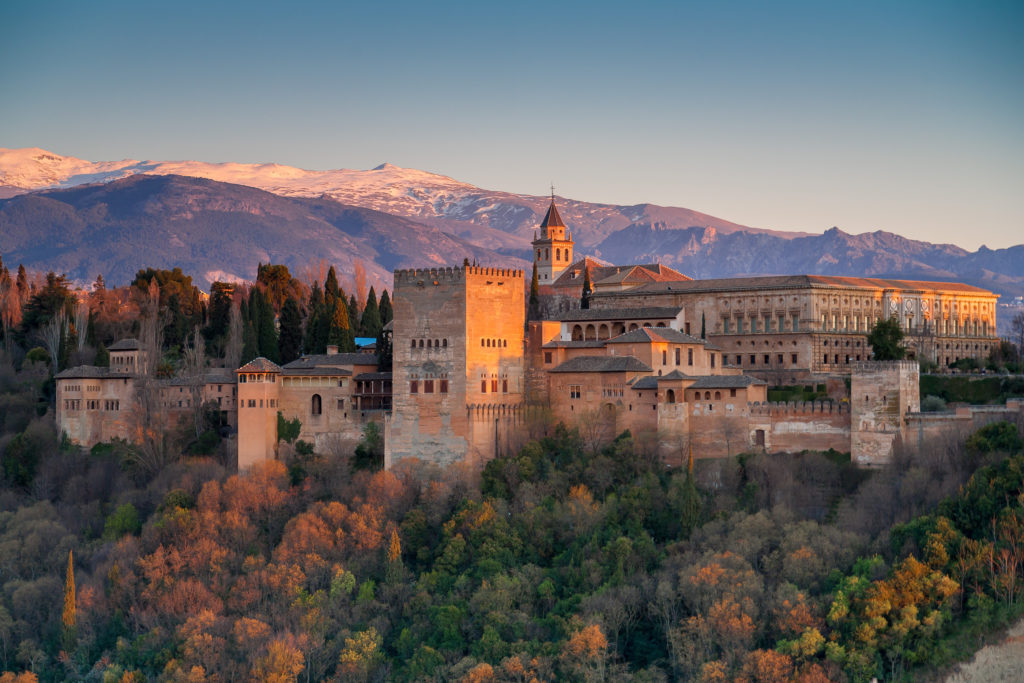
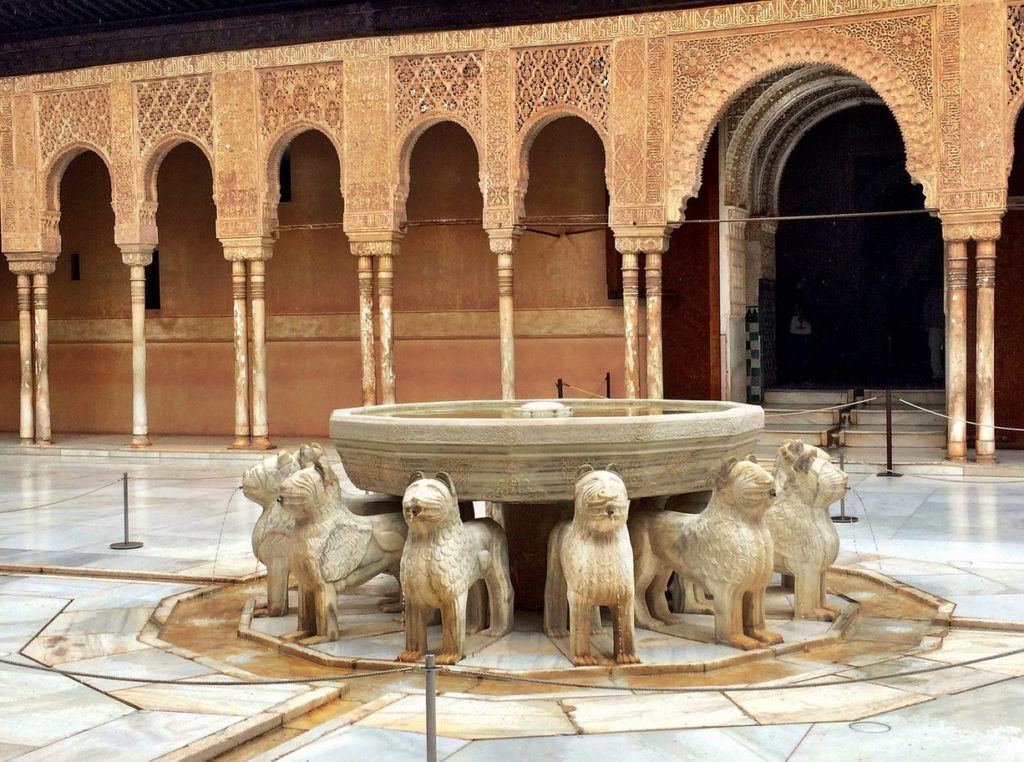 They reached the Court of the Lions, surrounded by the stunning arabesque architecture of the ancient Moorish kingdom. Slim pillars in cool ivory-colored marble led towards soaring archways intricately designed with filigree geometric shapes and Arabic calligraphy. The overwhelming sensation was light and delicate, as if the stone palace was constructed of magically spun air.
They reached the Court of the Lions, surrounded by the stunning arabesque architecture of the ancient Moorish kingdom. Slim pillars in cool ivory-colored marble led towards soaring archways intricately designed with filigree geometric shapes and Arabic calligraphy. The overwhelming sensation was light and delicate, as if the stone palace was constructed of magically spun air.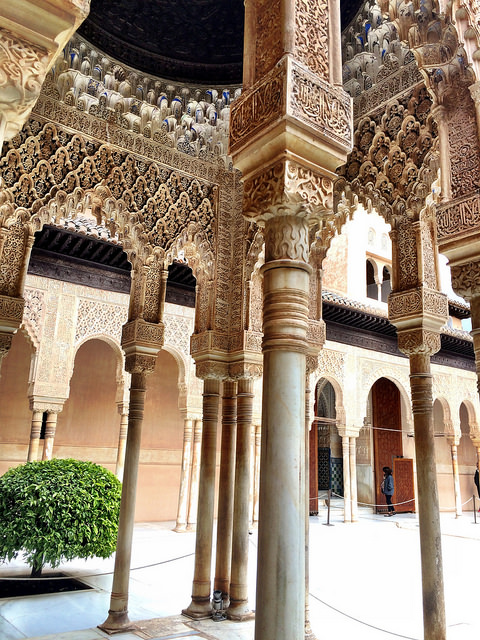
 She held the pose as the noise died down, waiting for quiet again. She turned and gestured to the guitar player, and Morgan caught the look that sparked between them, recognizing an intimate knowledge. This was Sofia's boyfriend, perhaps the cause of the rift with her family. He had the look of a Moroccan-Spanish Arab, his long dark hair worn loose about his face – a Muslim, perhaps, or a gitano, a man Santiago may have considered beneath his pure-blood Jewish granddaughter. The young man began to pluck the strings and one of the other men from the group stepped forward to dance with Sofia, stamping with fast heels.
She held the pose as the noise died down, waiting for quiet again. She turned and gestured to the guitar player, and Morgan caught the look that sparked between them, recognizing an intimate knowledge. This was Sofia's boyfriend, perhaps the cause of the rift with her family. He had the look of a Moroccan-Spanish Arab, his long dark hair worn loose about his face – a Muslim, perhaps, or a gitano, a man Santiago may have considered beneath his pure-blood Jewish granddaughter. The young man began to pluck the strings and one of the other men from the group stepped forward to dance with Sofia, stamping with fast heels.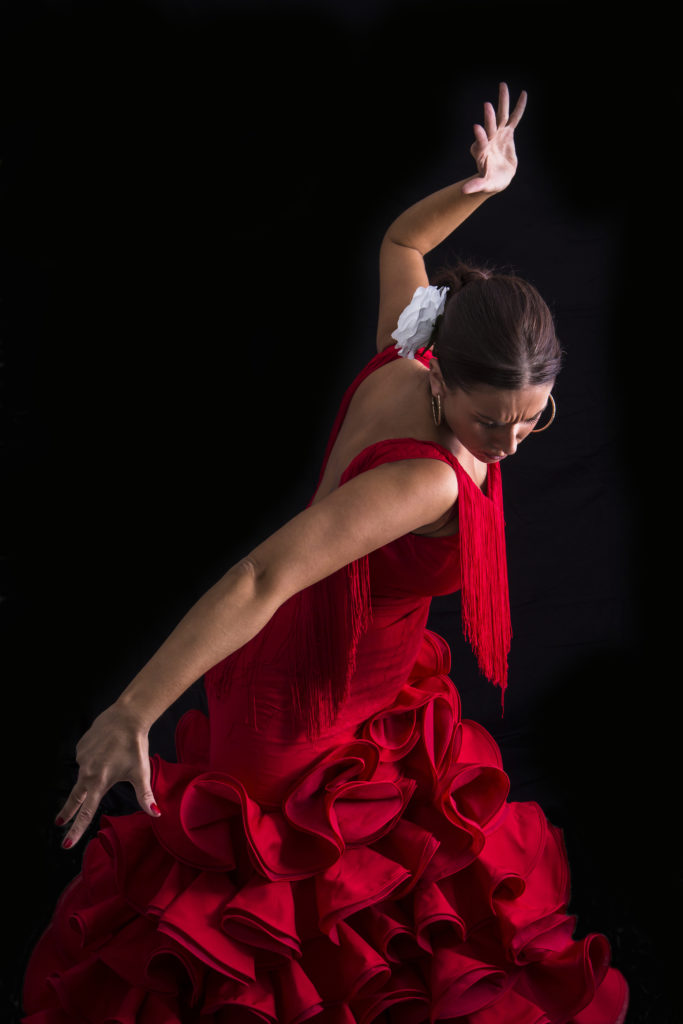 She tensed at his entrance, aware of the imminent danger Sofia was in, but perhaps this man was just a member of the troupe, a plant for dramatic effect.
She tensed at his entrance, aware of the imminent danger Sofia was in, but perhaps this man was just a member of the troupe, a plant for dramatic effect.
